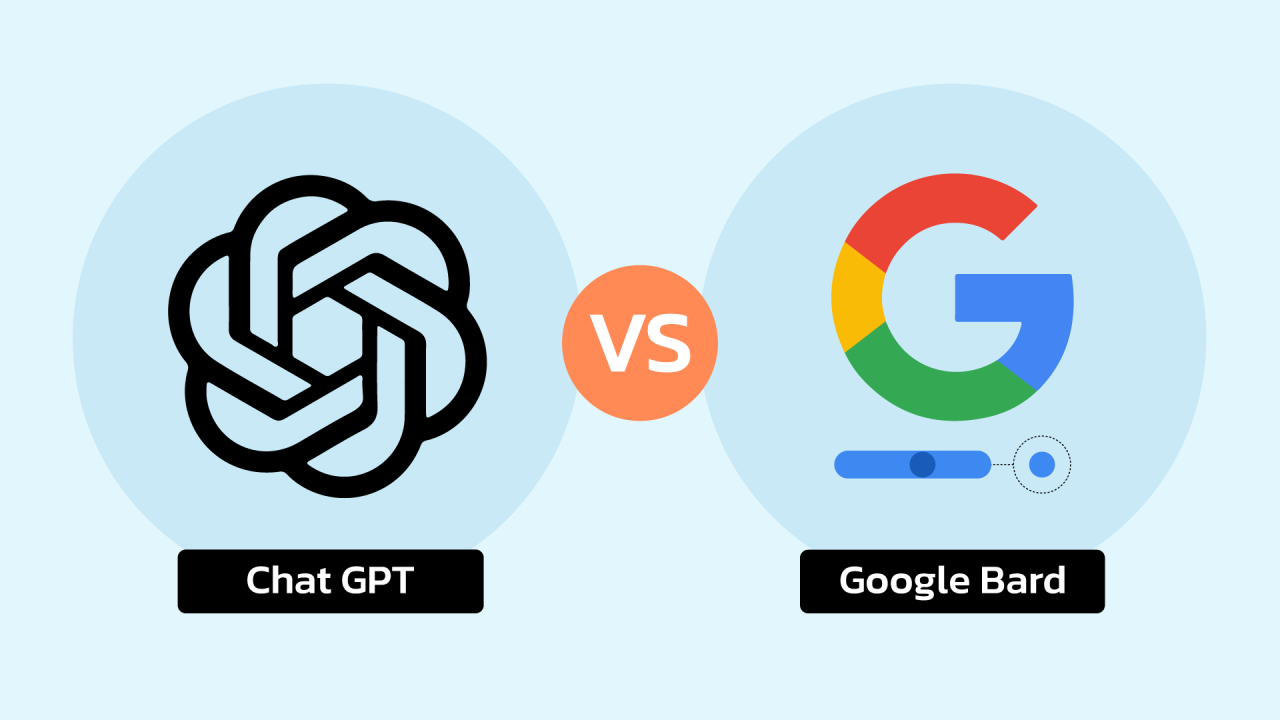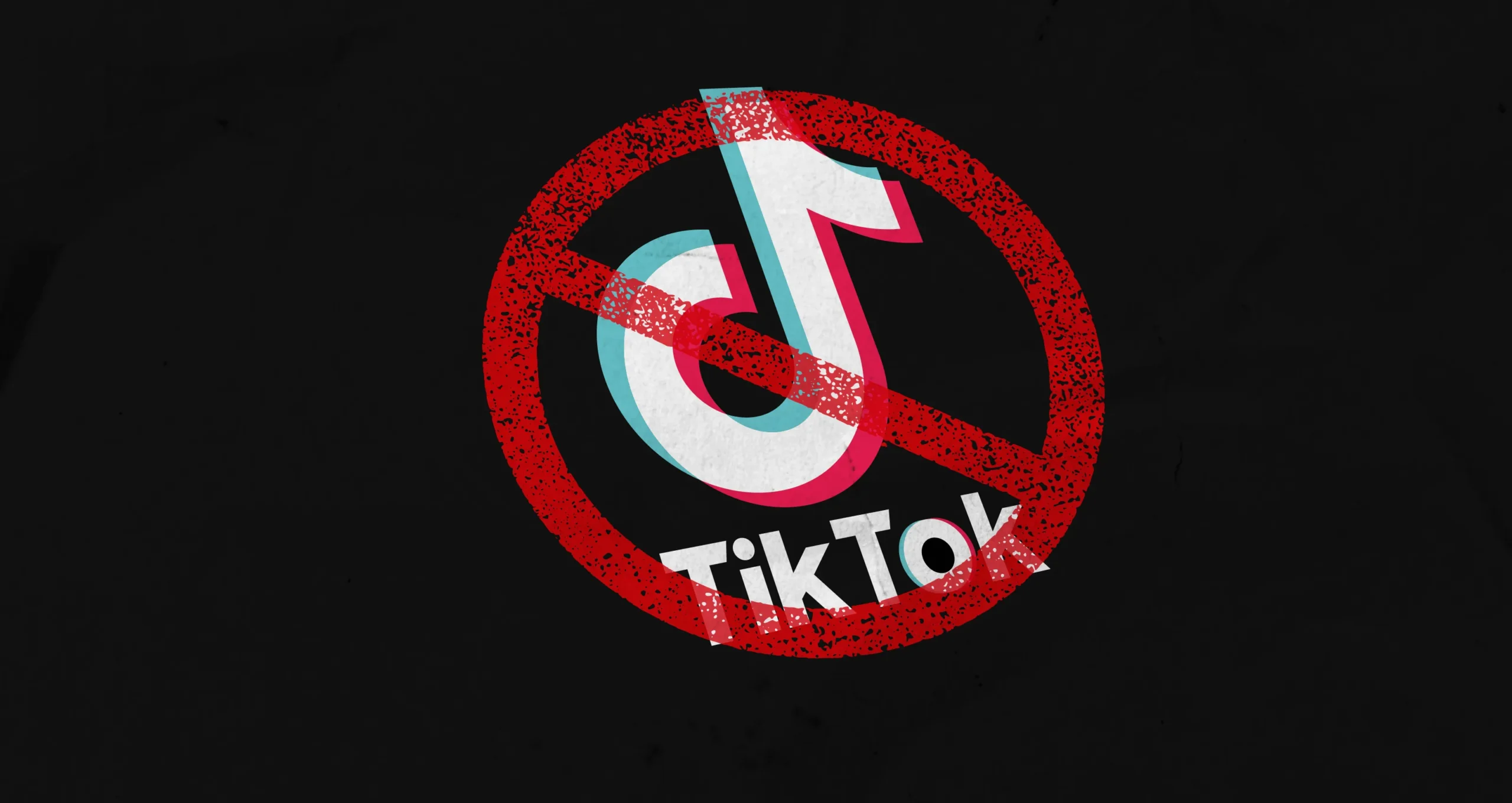In a sneak peek ahead of its official release, the Google Pixel 8 Pro emerges as an impressive premium flagship, although it bears a striking resemblance to its predecessor.
Notable changes include a matte back glass, a departure from the previous Pixel Pro designs, while the phone maintains an almost identical external appearance.
However, beneath the surface, substantial upgrades await, particularly in the realm of photography, bolstering Google’s renowned camera system.
Evaluating camera enhancements within the confines of a controlled testing environment can be challenging.
In this instance, the hands-on experience was further complicated by challenging lighting conditions—a mix of intense warm artificial lighting and ample natural light, making white balance adjustment a demanding task.
Despite these constraints, the images captured with the new camera system left a positive impression on the device’s display.
This system includes a significantly improved 48-megapixel ultrawide lens, a 50-megapixel primary wide lens (24mm equivalent), and a 48-megapixel 5x telephoto lens.
These upgrades promise a noteworthy improvement, even for users accustomed to last year’s model.
On the software front, this year brings a range of new manual “Pro” controls, catering to users who seek more precise control over their photography.
Additional enhancements focus on skin tone accuracy, while the introduction of the “Best Take” feature stands out.
This feature allows users to substitute individual faces within group photos, ensuring that everyone is looking at the camera or wearing a smile, even if capturing that perfect moment in a single frame proves challenging.
While promising, the effectiveness of this feature requires more extensive testing in real-world scenarios.
![]()
Meanwhile, “Magic Eraser,” which automatically removes elements from photos, continues to perform admirably, as it has on previous Pixel models.
One intriguing addition found in the camera bump is an embedded temperature sensor. Paired with a dedicated thermometer app, this sensor serves the purpose of measuring temperatures.
Its versatility, however, is currently a subject of curiosity since it is not tied to any specific health or photographic application.
During the onboarding process, the app emphasizes potential variations in accuracy and its optimal range within two inches of the target surface.
Additionally, it clarifies that this feature exclusively measures surface temperatures and cannot provide internal readings. The inclusion of a material selection prompt aims to enhance accuracy.
Read Also: Gmail to Implement Stricter Anti-Spam Measures in 2024
Initial testing of the temperature sensor involved measuring various surfaces, including the temperature of another person’s forehead (note that it is not designed for body temperature readings).
Results seemed to align approximately with expectations. However, it remains challenging to gauge accuracy accurately without known reference temperatures.
One suggested application from Google was checking the temperature of baby formula, a use case that lacks additional examples.
While it may serve as an intriguing novelty, the purpose of this hardware addition remains enigmatic unless it hints at unforeseen applications in the future.
The device boasts a 6.7-inch OLED display with a broad refresh rate spectrum, ranging from 1 Hz to 120 Hz—an improvement over last year’s model, which was capped at 10 Hz on the lower end.
Labeled as a “Super Actua” display by Google, it offers exceptional brightness, capable of achieving up to 1,600 nits in HDR mode and a remarkable 2,400 nits in direct sunlight.
This represents a considerable increase of 600 nits for HDR and 900 nits for outdoor use compared to the previous model. Extensive testing under various lighting conditions will provide a more accurate assessment of its capabilities.
Google has also reinforced the screen’s durability by upgrading the protective glass to Corning Gorilla Glass Victus 2, a second-generation variant designed to offer enhanced robustness.
Although no drop or scratch tests were conducted during the hands-on session, this improvement bodes well for the device’s longevity.
In summary, the Google Pixel 8 Pro exudes a premium quality feel with its comfortable, rounded edges and grippy aluminum sides. The matte glass back not only complements the device’s aesthetics but also provides a satisfying tactile experience.
Initial impressions suggest that Google has taken an iterative approach to this year’s model, with camera enhancements and the new Tensor G3 processor driving the majority of the upgrades.
As we delve deeper into our full review, we eagerly anticipate uncovering the full potential of these advancements.






